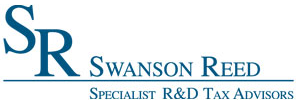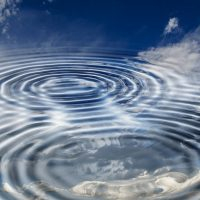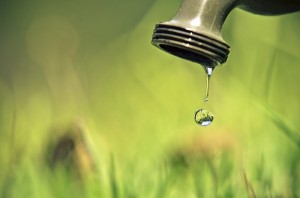North Dakota R&D Tax Credit Filing Instructions
To claim the Research and Experimental Expenditure Tax Credit in North Dakota, eligible businesses must generally include an attached schedule or worksheet detailing the calculation of the credit with their North Dakota income tax return. The credit is determined as a percentage of the qualified research expenses (QREs) in North Dakota that exceed a defined base amount, with QREs and the base amount sharing the same meaning as under federal income tax law (I.R.C. § 41). While there isn’t a universally named dedicated state form for the R&D tax credit claim itself akin to federal Form 6765, the credit is filed as part of the overall North Dakota tax return. For businesses that are certified as a qualified research and development company and elect to sell, transfer, or assign unused credits, they would use Form CTS – Credit Transfer Statement jointly with the transferee, and potentially need to apply for certification as a qualified R&D company through SFN 58638 with the North Dakota Department of Commerce.
North Dakota Patent of the Year – 2024/2025
BWR Innovations LLC has been awarded the 2024/2025 Patent of the Year for their groundbreaking fuel cell technology. Their invention, detailed in U.S. Patent No. 11945338, titled ‘Fuel cell auxiliary power generation system for a vehicle’, introduces a clean, efficient solution for providing power to vehicles.
This innovative system integrates a hydrogen fuel cell, a pressurized hydrogen storage vessel, an electrical storage unit, and an inverter to deliver both AC and DC power to a vehicle. The fuel cell generates electricity by converting hydrogen into energy, while the electrical storage unit stores excess power for later use. The inverter then converts DC power into AC power, supplying electricity to the vehicle’s systems. Additionally, the system can provide heat, enhancing the vehicle’s versatility.
One of the key advantages of this system is its ability to operate independently of the vehicle’s main engine, reducing fuel consumption and emissions. This makes it an ideal solution for applications where auxiliary power is needed without running the primary engine, such as in trucks, RVs, and emergency vehicles.
BWR Innovations LLC’s invention represents a significant step forward in sustainable vehicle technology, offering a practical and eco-friendly alternative to traditional auxiliary power units.
Study Case
Nut & Co. was started in 1988 to design and build equipment to fulfill the needs of the pecan grower and sheller.
The owner of Nut & Co. began his pecan career in 1972. Since the very first day an effort to help build the industry stronger has always been in the forefront of the company. Designing and manufacturing high-quality, reliable equipment has helped build a company that each year continues to be a leader in the industry.
Nut & Co. incurred qualified research expenses under IRC Section 41 relating to the design and development of various cultivation, support, processing and separation equipment during the 2013-2016 fiscal years. Its biggest R&D project was the development of the Aspirator System.
The Aspirator System was designed in 2012 to fit both small and larger shellers. At the time, the industry used blowers to separate shell from pecan meat. This process was inefficient and produced a lot of dust within the plant. The aspirator system was designed to use suction methods instead of blowing. This kept the plant clean and accomplished the remarkable task of removing the shell from the pecan meat.
In order to qualify for the Research and Development Tax Credit, Nut & Co. needed to determine the eligibility of its proposed R&D activities. The qualified research must meet four main criteria, known as the Four-Part Test. Nut & Co.’s qualified R&D activities included the following.
Design and development of a series of prototypes to achieve the technical objectives (design of the aspirator system).
Nut & Co.’s hypothesis for this activity stated that it was possible to develop a revolutionary piece of shelling equipment that could remove the meat from the pecan shell by using a suction method instead of the normal blowing method.
The experiments that Nut & Co. conducted in the design phase predominantly entailed conceptual engineering drawings, mathematical calculations and testing of different materials. These experiments could only be proven effective or ineffective in the prototype development and testing phase. Following the experiments in that phase, during which the product was built and tested in various applications, the design was modified and retested until the desired outcome was achieved.
Trials and analysis of data to achieve results that can be reproduced to a satisfactory standard (development and testing of the aspirator system).
The main objective for this activity stated that with improved knowledge of the intrinsic factors related to the extraction of pecans from their shells, it was possible to identify mechanisms for improving the current shelling process.
Details of this experiment included testing of different materials ultimately concluding that stainless steel wasp, off-fall tanks and galvanized piping needed to be used for the system to ensure efficiency, accuracy and safety.
Background research to evaluate current knowledge gaps and determine feasibility (background research of the development of the aspirator system).
Prior to 2013, the shelling equipment existing on the market was cumbersome and expensive. Thus, besides the lack of comparable solutions available, the outcomes of activities in this research could not have been known or determined in advance due to a number of specific technical challenges.
Nut & Co.’s eligible R&D activities during this phase of experimentation included:
- Literature search and review, including maintaining up-to-date knowledge on relevant certification and standards.
- Consultation with industry professionals and potential customers to determine the level of interest and commercial feasibility of the product.
- Preliminary equipment and resources review with respect to capacity, performance and suitability for the project.
- Consultation with key component/part/assembly suppliers to determine the factors they considered important in the design and to gain an understanding of how the design needed to be structured accordingly.
The background research conducted by Nut & Co. was directly related to the main objective of designing the aspirator system, therefore qualifying as R&D.
Ongoing analysis of customer or user feedback to improve the prototype design (feedback R&D of the aspirator system).
Nut & Co.’s eligible R&D activities for this phase of its project included:
- Ongoing analysis and testing to improve the efficiency and safety of the product.
- Ongoing development and modification to interpret the experimental results and draw conclusions that served as starting points for the development of new hypotheses.
- Commercial analysis and functionality review.
These activities were necessary to evaluate the performance capabilities of the new design in the field and to improve any flaws in the design, therefore qualifying as R&D.
Qualified research consists of research for the intent of developing new or improved business components. A business component is defined as any product, process, technique, invention, formula, or computer software that the taxpayer intends to hold for sale, lease, license, or actual use in the taxpayer’s trade or business.
The Four-Part Test
Activities that are eligible for the R&D Credit are described in the “Four-Part Test” which must be met for the activity to qualify as R&D.
- Permitted Purpose: The purpose of the activity or project must be to create new (or improve existing) functionality, performance, reliability, or quality of a business component.
- Elimination of Uncertainty: The taxpayer must intend to discover information that would eliminate uncertainty concerning the development or improvement of the business component. Uncertainty exists if the information available to the taxpayer does not establish the capability of development or improvement, method of development or improvement, or the appropriateness of the business component’s design.
- Process of Experimentation: The taxpayer must undergo a systematic process designed to evaluate one or more alternatives to achieve a result where the capability or the method of achieving that result, or the appropriate design of that result, is uncertain at the beginning of the taxpayer’s research activities.
- Technological in Nature: The process of experimentation used to discover information must fundamentally rely on principles of hard science such as physical or biological sciences, chemistry, engineering or computer science.
What records and specific documentation did Nut & Co. keep?
Similar to any tax credit or deduction, Nut & Co. had to save business records that outlined what it did in its R&D activities, including experimental activities and documents to prove that the work took place in a systematic manner. Nut & Co. saved the following documentation:
Project records/ lab notes
Innovation Log
Conceptual sketches
Design drawings
Background research
Records of changes
Testing protocols
Results of records of analysis from testing/trial runs
Records of resource allocation/usage logs
Staff time sheets
Invoices
Receipts
By having these records on file, Nut & Co. confirmed that it was “compliance ready” — meaning if it was audited by the IRS, it could present documentation to show the progression of its R&D work, ultimately proving its R&D eligibility.
R&D Tax Credit Summary
Nut & Co. shows continuous improvements through research and development in the following areas:
Improvements to production time and efficiency
Improvements in reliability of products
Decrease in labor and production costs
Production innovation sourced from:
Internal ideas
Existing customers who have business needs which require new solutions
Nut & Co. eliminated uncertainty by:
Testing across all supported releases to determine reliability and user-friendliness
Experimentation with possible fixes until an adequate solution was determined
Therefore, Nut & Co. satisfies the four-part test and qualifies for both the Federal and State research and development tax credit. By filing both the federal and state research and development tax credits, Nut & Co. was able to obtain a significant amount of credit for tax years 2013-2016.
A Fargo Company manufactures farming equipment. It had never before claimed the R&D Tax Credit for the development activities of its software programmers. This project involved a three-year study with a two year look back.
The Company qualified for the federal R&D Tax Credit of $368,912 and an additional $520,535 in North Dakota state R&D Tax Credit.
| FEDERAL | NORTH DAKOTA | |||||
| Year | Total QREs | Credit | Total QREs | Credit | ||
| Year 3 | $1.442.600,00 | $107.329,44 | $1.442.600,00 | $135.171,62 | ||
| Year 2 | $2.805.403,00 | $129.048,53 | $2.805.403,00 | $261.744,00 | ||
| Year 1 | $1.533.751,00 | $132.534,96 | $1.533.751,00 | $123.620,33 | ||
| Total | $5.781.754,00 | $368.912,93 | $5.781.754,00 | $520.535,95 | ||
Choose your state


















 […]
[…] […]
[…]
